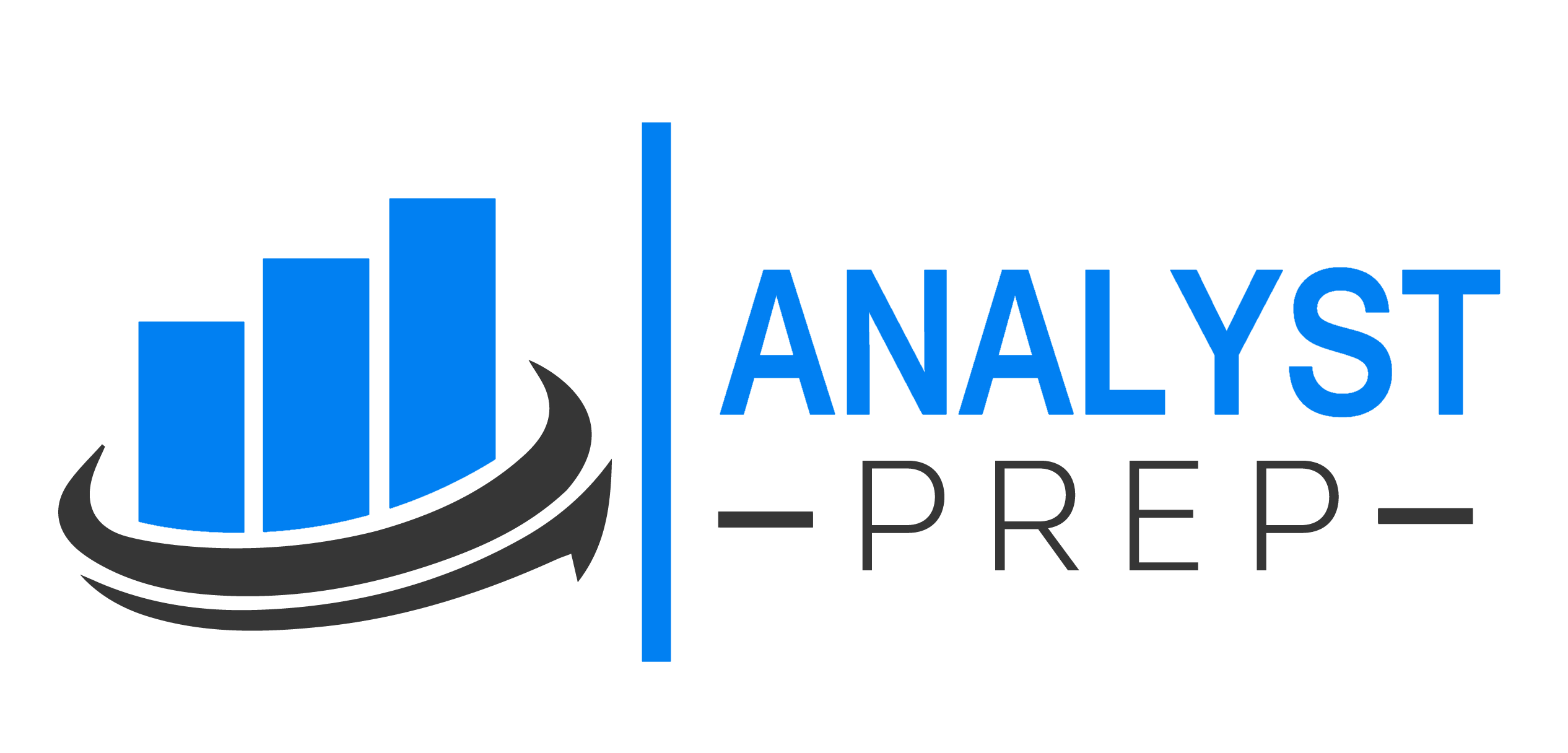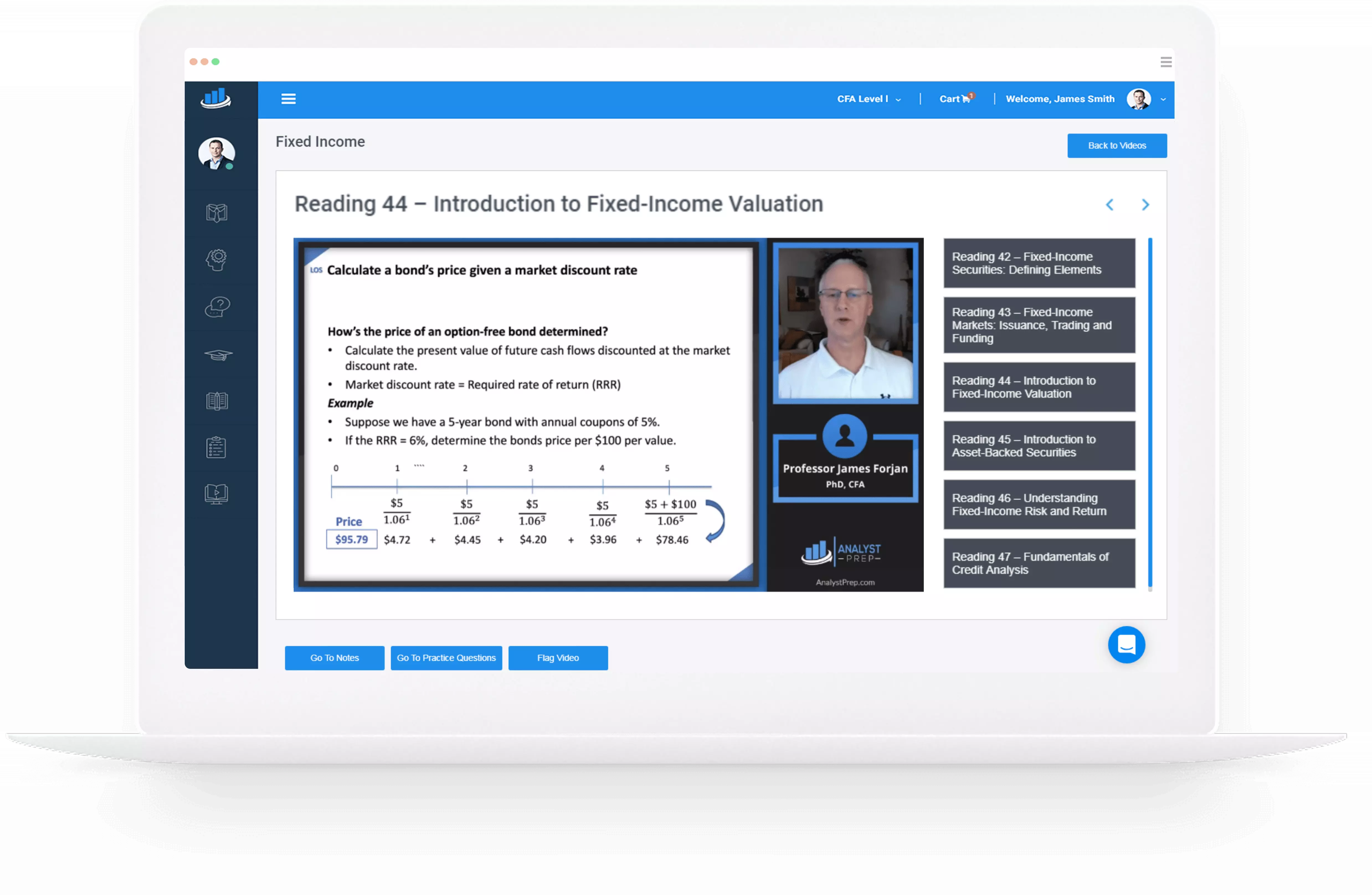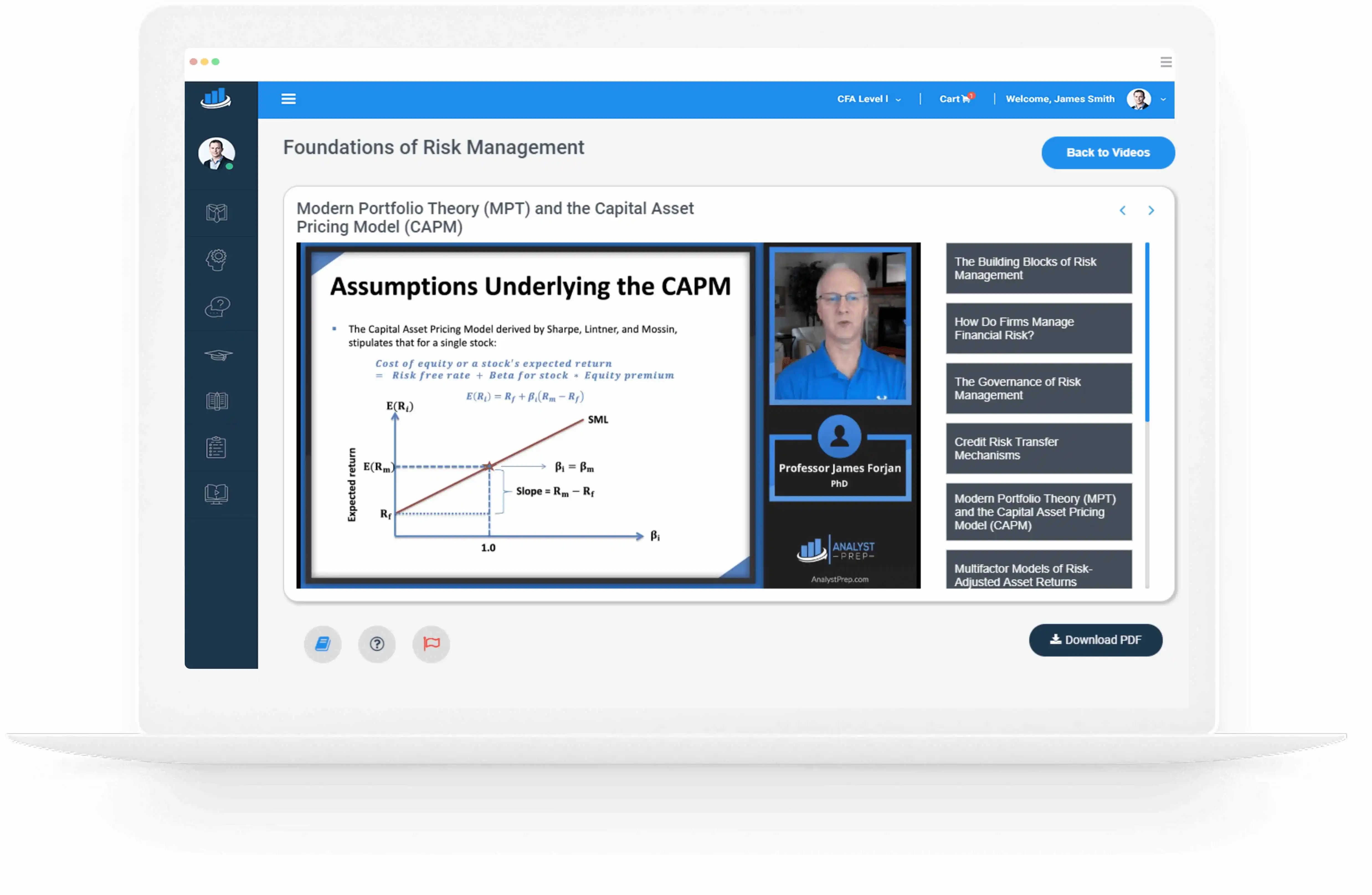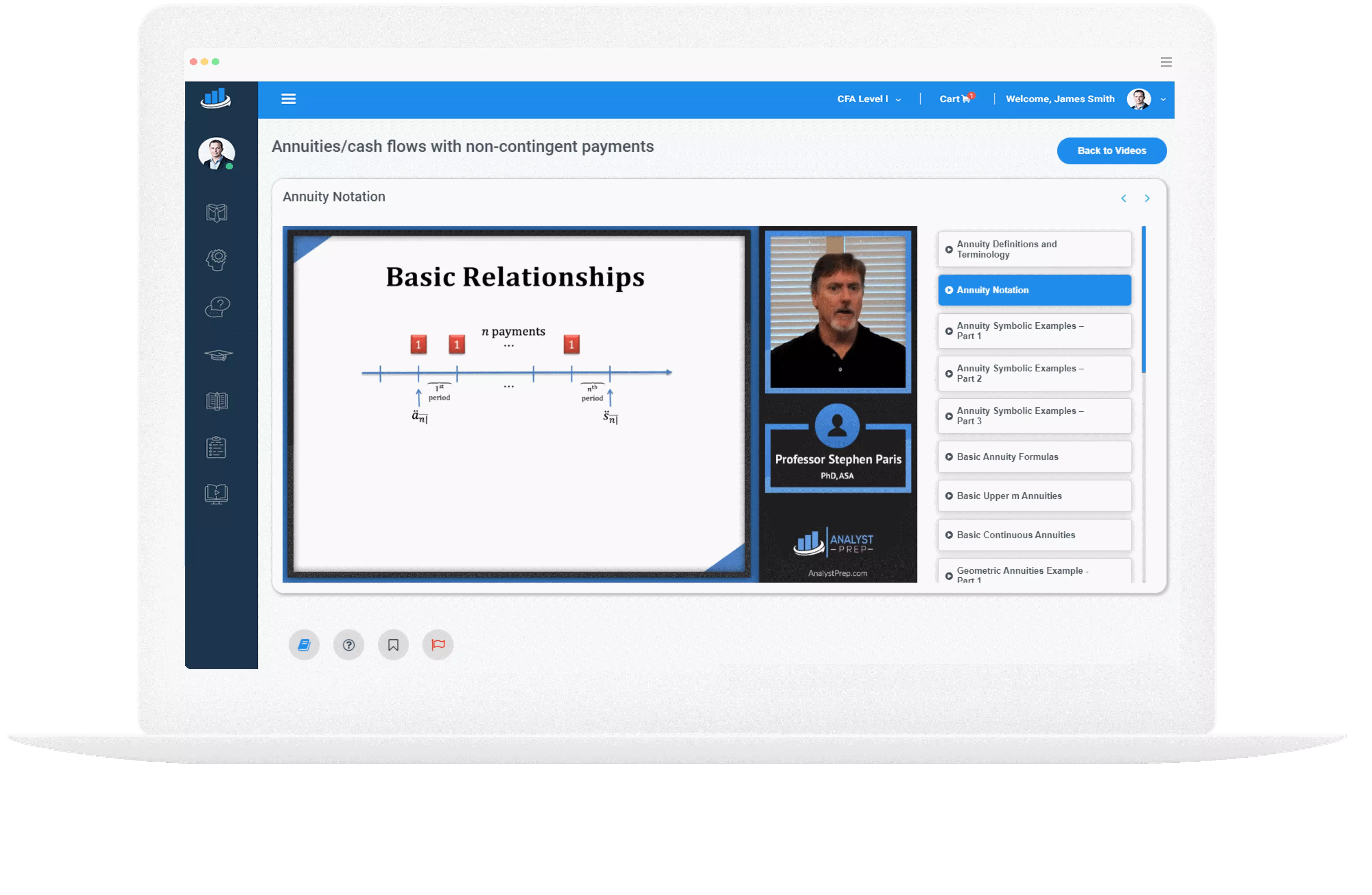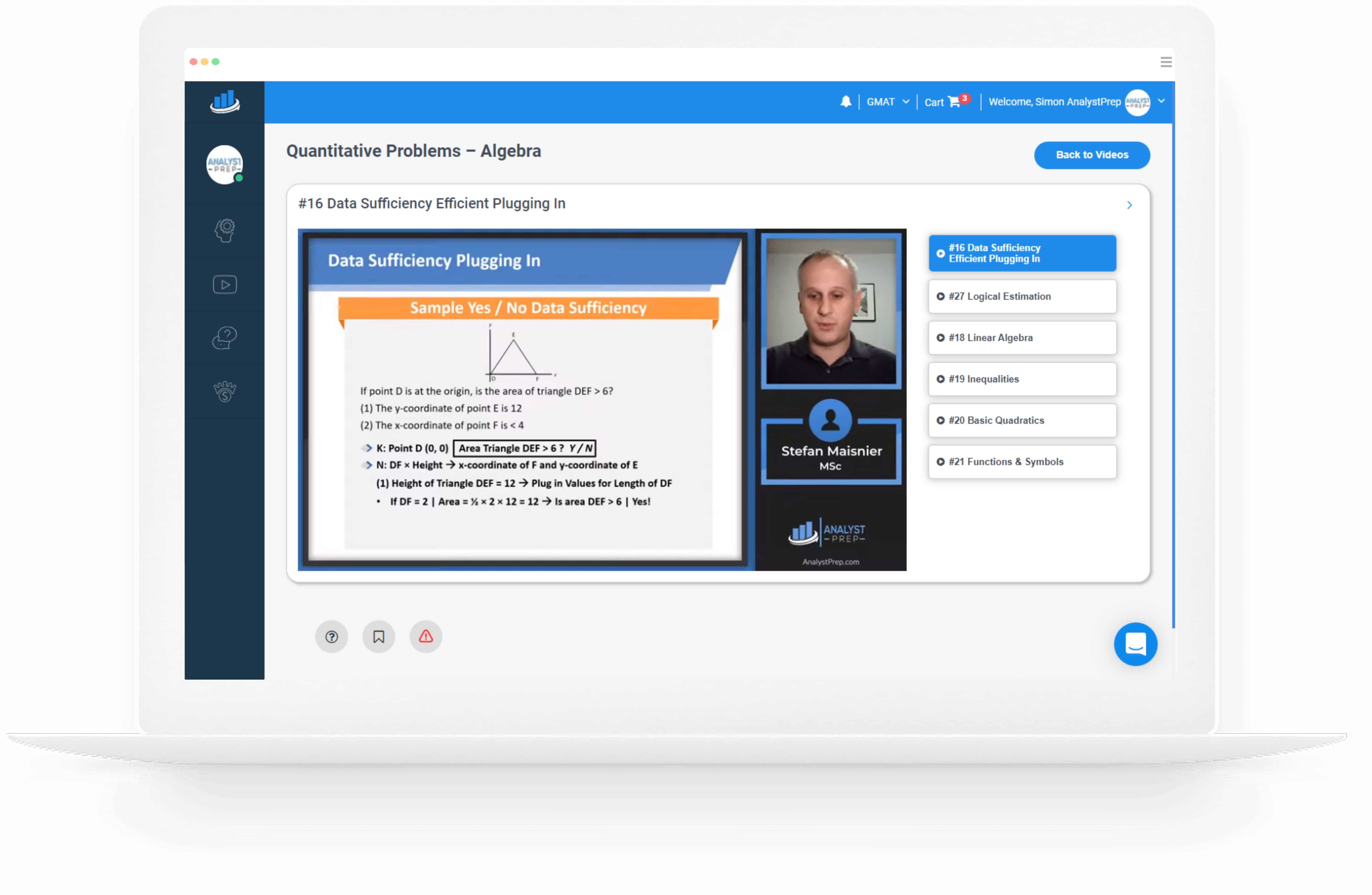Residential Mortgage-backed Securities
The bonds created from the securitization of mortgages are called residential mortgage-backed securities (RMBS). In the US, securities backed by residential mortgages are divided into 3 groups: those guaranteed by a federal agency; those guaranteed by a GSE (government-sponsored enterprises such…
Prepayment Risk
A mortgage prepayment option works much like a call option for the borrower. Mortgage prepayments can take one of these two forms: the borrower increasing the amount/frequency of payments; or the borrower repaying/refinancing the entire outstanding balance. Prepayment risk is…
Commercial Mortgage-backed Securities
Commercial Mortgage-Backed Securities (CMBS) are backed by a pool of commercial mortgages on income-generating properties such as multi-family properties (e.g., apartments), office buildings, industrial properties, shopping centers, hotels, and healthcare facilities. Credit Risk In the U.S. and other countries where…
Non-mortgage Asset-backed Securities
Many non-mortgage assets could be used as collateral in securitization such as auto loans, credit card receivables, personal loans, and commercial loans. Asset-backed securities (ABS) that are not guaranteed by a government or quasi-government entity are subject to higher credit…
Collateralized Debt Obligations (CDO)
Collateralized Debt Obligation (CDO) is a generic term used for a security backed by a diversified pool of one or more debt obligations. CDOs backed by corporate bonds and emerging market bonds are called Collateralized Bond Obligations (CBOs), whereas CDOs…
Spot Rates and Forward Rates
A forward rate is the interest rate on a loan beginning at some time in the future. A spot rate, on the other hand, is the interest rate on a loan beginning immediately. Therefore, the forward market rate is for…
Benefits of Securitization
The Securitization Process Securitization involves transferring ownership of assets from original owners (usually individual borrowers) to a special legal entity. This entity, in return, issues asset-backed securities backed by these transferred assets. The pool of securitized assets from which cash…
Describe Securitization
A hypothetical financial institution, BCG Bank, decides to raise a $100 million loan by securitizing loans rather than issuing corporate bonds. The company sets up a legal entity, Loan Trust, to which it sells the loans. Such a legal entity…
Understanding Fixed-income Risk and Return
There are 3 sources of return in a fixed-income security: receipt of the promised coupon and principal payments; reinvestment of coupon payments; and/or capital gains or losses on the sale of the bond prior to maturity. A discount bond offers…
Macaulay, Modified, and Effective Durations
The duration of a bond measures the sensitivity of the bond’s full price (including accrued interest) to changes in the bond’s yield-to-maturity or, more generally, changes in benchmark interest rates. Bond duration estimates changes in bond price assuming that variables…
